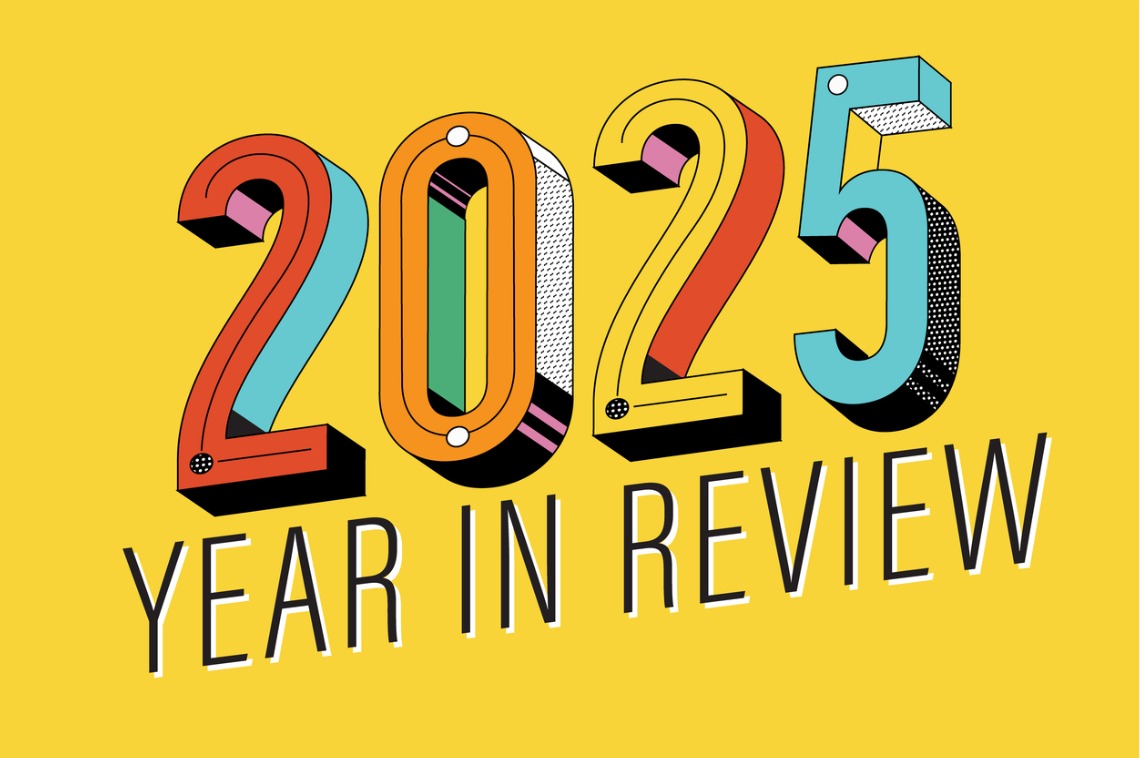T
he commercial real estate landscape is complex and dynamic, but despite this, two-thirds (65%) of corporate real estate leaders expect their CRE budgets to increase between now and 2030, according to JLL’s Future of Work survey. The survey explores key workplace priorities, challenges, and strategies for more than 2,300 business and CRE decision makers.
The survey reveals a juxtaposition between driving revenue growth through top talent and increasing efficiency, requiring corporate real estate leaders to balance priorities carefully. JLL is sharing the survey results through a series of articles focusing on key areas for CRE teams: Managing implications of shifting work patterns; Partnering with the C-suite to support CRE investment; Identifying CRE activities for “AI copiloting”; Moving from ambition to action on sustainability commitments; and Defining the future-fit CRE function. The first two articles were released today, exploring how shifting work patterns affect workplace expectations and how the changing world of work impacts CRE operations.
According to the survey, more than 64% of leaders plan to increase and rebalance their headcount by 2030 to recruit the right skills for the future.
JLL found that business leaders are focused on three corporate goals over the next five years: growing revenue through expansion and M&A (57%); attracting and retaining talent (53%); and achieving organizational efficiency (54%). However, balancing these goals requires leaders to delicately assess the role of offices as places that enable employees to deliver their best work.
Strong momentum toward office-based work since 2022 has led to expectations among respondents to increase office use (62%), where more than half of leaders plan to grow their total footprint over the next five years. Today, 44% of organizations are considered “office advocates,” who would like to see staff in the office five days a week – as compared to 2022 when just 34% of employees were working in the office full time. Hybrid work is here to stay, but the office is central to work again. Today, 85% of organizations have a policy of at least three days of office attendance per week, and 43% expect the number of in-office days to increase by 2030. Globally, hybrid work is more likely to take place at large organizations in Europe, Middle East, and Africa (EMEA), where hybrid work styles are considered a key part of the employee value proposition, and largely in sectors including e-commerce, energy & renewables, technology, and life sciences. Office advocates tend to be small-to-medium sized companies in the Asia-Pacific (APAC) region or the Americas, across sectors such as healthcare, retail, and manufacturing.
Today’s office advocates also make a concerted effort to address diverse workplace needs – they are more focused on making accessible workplaces (49% vs. 36% of hybrid adopters), tailored to meet the needs of different generations, cultures, and neurodiversity specificities, and may even pay a premium to occupy buildings with leading health and wellbeing credentials. With office attendance may also come new opportunities for compensation and career advancement — more than a third (39%) of respondents could envision introducing different pay and benefits to employees who attend the office regularly.
Globally, business leaders believe CRE can add the most value by supporting business growth (41%); enabling organizational efficiency (38%); and reducing operating costs (37%). Environmental, social, and governance (ESG) factors are also an area in which the CRE function is expected to add value, especially in EMEA. Organizations in the Americas are more likely to expect CRE to support business growth, innovation, and efficiency, while companies in APAC are more focused on digitization.
These varying expectations around value require agility throughout CRE functions, in a context where 41% of CRE decision makers report challenges with thinking and investing for the long term due to the pace of organizational change. The same percentage believe CRE is perceived as a cost center, rather than a value driver. Identifying the right metrics and ways to demonstrate value, in addition to strengthening relationships with the C-suite, will ensure CRE is more integrated into the wider business and positioned to quickly adapt to changing priorities – 46% of CRE leaders say influencing and leadership will be critical skills in the future. Technology is also emerging with greater impacts for CRE, as more decision-makers expect to report to business transformation or technology by 2030. CRE leaders believe that 70% of their activities will be at least partially supported through the use of AI by 2030, and a quarter of the CRE function could be initially completed through automation – freeing up time for more strategic work. Nearly two-thirds (62%) of decision makers see technology and AI adoption as critical for enhancing the value that CRE delivers in the future. A “future fit” CRE team should focus on high value-add tasks internally, while automation and AI take on routine and repetitive tasks and outsourcing partners are brought in for specialist tasks and individual projects.













